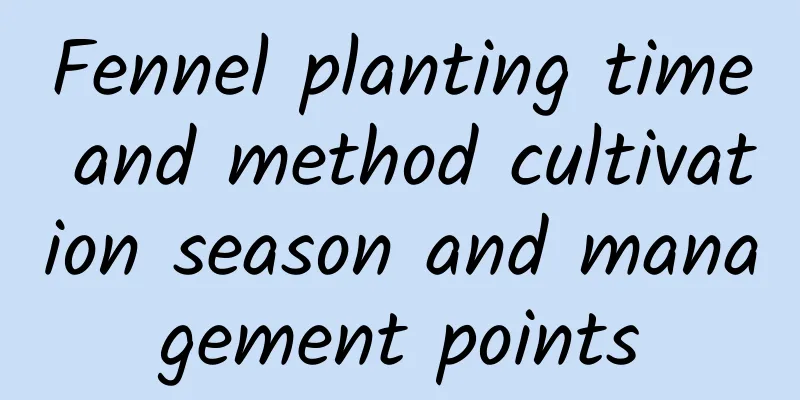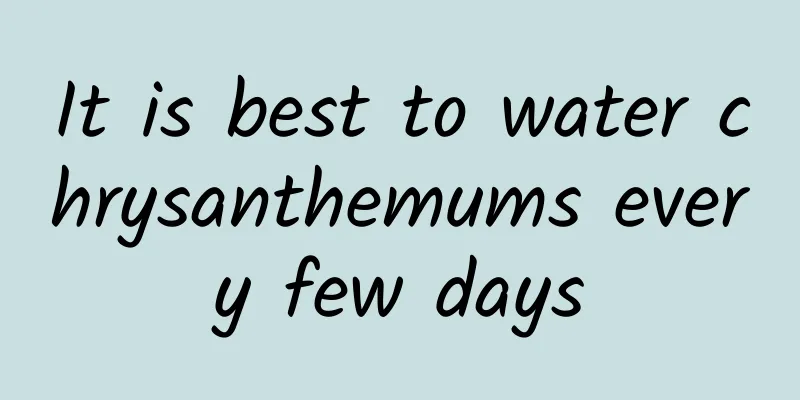Before you change the flowerpot, you need to know this!

The two sides of repottingIf you want to give plants more living space, repotting is not a panacea. Repotting also has two sides. If you don’t understand it, it can easily harm the plants. The benefits of repotting: by repotting, the plant can be transferred to a completely new environment for growth, with a larger living space and the ability to absorb more nutrients, which is beneficial to it; that is why most plants grow better after repotting. Risks of repotting : Any plant, once its roots have been moved and the soil has been changed, needs to start over and adapt to the new environment to resume growth. No matter how well it grew before, it will all be wasted and need to start over again. After repotting, if the external conditions are not suitable, such as high temperature or cold weather, it will affect its survival, or even kill it directly. Notes on repotting1. Bring more soil. When repotting, keep as much soil as possible on the plant roots and try to avoid bare roots; this is because transplanting with soil is easier for the plant to survive than transplanting with bare roots. 2. Do not damage the roots. When repotting, if the original pot is a soft plastic pot (or paper cup), it is recommended to cut it open so as not to damage the plant roots. 3. Don’t change frequently. Do not repot continuously in a short period of time. For general plants, there should be at least half a year or even longer interval between repotting. However, for plants in the seedling stage, there are special circumstances. Depending on the growth of the seedlings, you can repot them when they grow a circle larger. They can be repotted frequently. 4. Turn off the water supply first. You need to stop watering 3-5 days before repotting. An overly humid environment is not conducive to repotting. Repotting season1. It is best to do it in spring and autumn; if it is a "winter type" plant that hibernates in summer, winter is also suitable. 2. But no matter what, you should never repot it during the high temperature period in midsummer. If you encounter high temperatures after repotting, it will not only affect the growth of the seedlings, but also cause it to die faster. Repotting depends on growth conditions1. It is best to do this during the dormant period and early growth period of the plant. Repotting during these two stages will have little effect on plant growth. 2. It is least suitable to do this during the plant's peak growth period, bud period, flowering period, and fruiting period. Repotting during this period will at best affect growth and cause it to miss the growth period; or cause plants that should have bloomed to miss the flowering period, etc., with very serious consequences. 3. Do not replace plants that are in the seedling stage, because the flowers are already damaged. Replacing them at this time will cause secondary damage and extend the seedling period indefinitely (the plants that should have recovered in a few days will be forced to delay to more than ten days or longer). If the season for repotting is not suitable and you rush to repot in midsummer, they may even die directly. |
>>: How to make your own fertilizer for growing flowers at home
Recommend
Chrysanthemum flowering time, what to do if it doesn't bloom
1. Flowering time Chrysanthemums are common in ou...
The most simple method of sowing, cutting, watering and composting, it only takes a few minutes
The simplest cutting method This method of cuttin...
Top 10 Flowers That Never Die
1. Sunflower Sunflower is a flower with relativel...
Succulent planting technology
Necessary for growth Soil selection The soil for ...
What are the flowers that attract wealth?
1. Good fortune The lucky charm plant is a very f...
Why are the leaves of green radish curled?
1. Long worms When caring for the green ivy, if s...
How to pinch the heart of the goldfish plant
Topping time Usually it is carried out between Ma...
What are the consequences of eating too much hawthorn? Is it good to eat hawthorn?
1. Consequences 1. Stimulate the stomach and inte...
What is the reason why the leaves of Osmanthus fragrans turn yellow and fall off?
Osmanthus fragrans is an evergreen shrub of the g...
Growth environment conditions and characteristics of the Welcoming Pine
The growth environment conditions and requirement...
How often should you water your plum tree?
How often should you water your plum tree? When w...
Can jade trees be planted in sand?
Can jade trees be planted in sand? Jade plant can...
What to do if the leaves of Ranunculus turn yellow
1. Water yellow To put it bluntly, this is becaus...
The correct way to water the lucky tree (detailed explanation of watering frequency)
The lucky tree itself prefers a humid environment...
What fertilizer is good for pumpkin topdressing?
Pumpkin topdressing time After transplanting the ...









